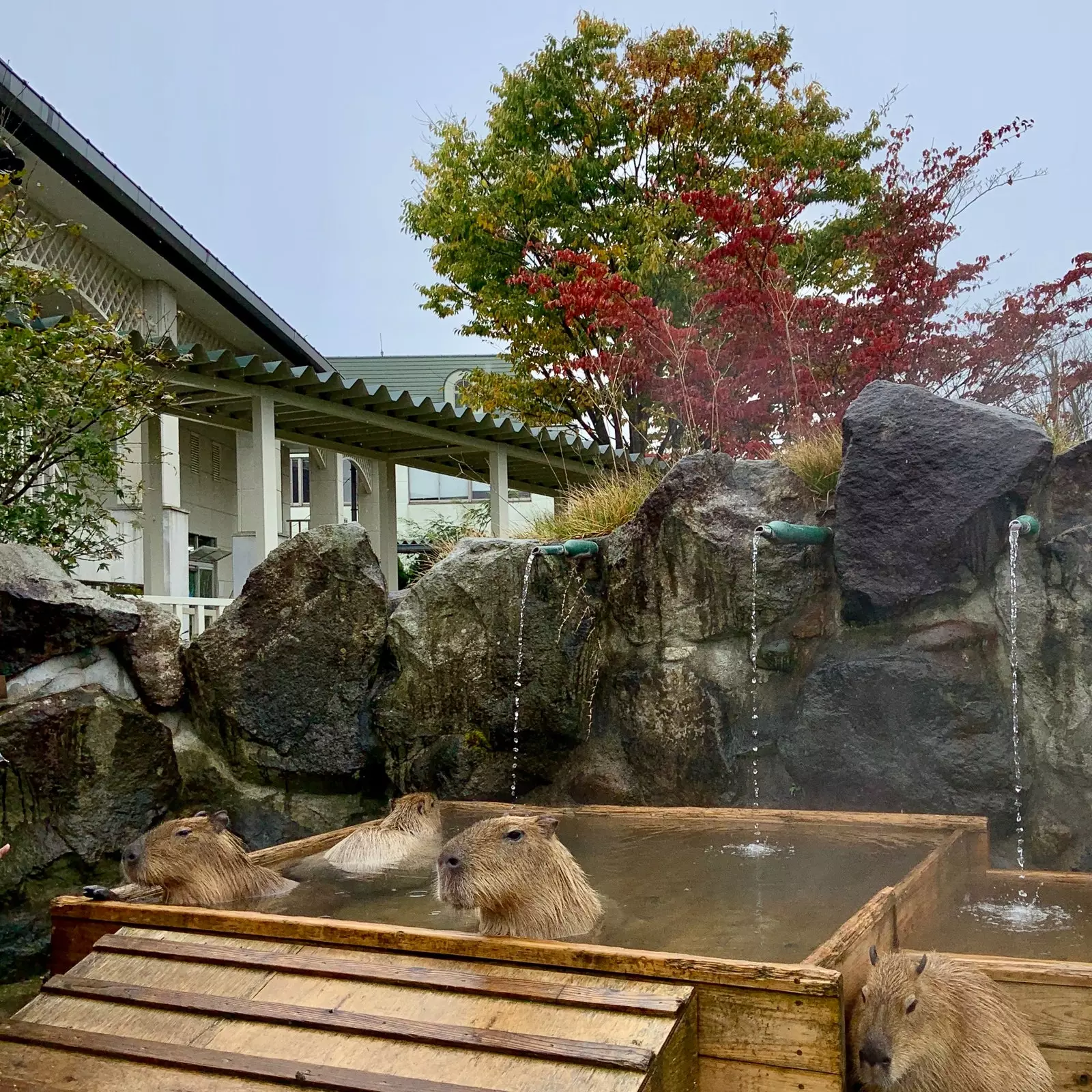
Discovering the 'Diamond Route' one of Japan's tourist treasures
imagine a place where mountains dominate landscapes, centuries-old towns, bridges so high that they would surprise the most skeptical, waterfalls with crystal clear waters ... A place where time seems to have stopped, where the silhouettes of important castles dazzle everyone who visits them, a place where sake is still brewed in the way of yesteryear... A unique area of a vibrant country, where you can practice sports in the open air, on a bicycle, a kayak or with the strength of our legs . All this is in Japan and in one of its most appreciated tourist routes, the Diamond Route.
Japan is much more than world famous cities like Tokyo, Kyoto or Osaka. To the northwest of the Land of the Rising Sun, the prefectures of Fukushima, Ibaraki and Tochigi . Together and separately, they could well be a small Japan, where everything that the country can offer to the visitor is concentrated. The one known as 'Diamond Route' proposes a fantastic variety of landscapes and nature, experiences, culinary treasures and legends from time immemorial.
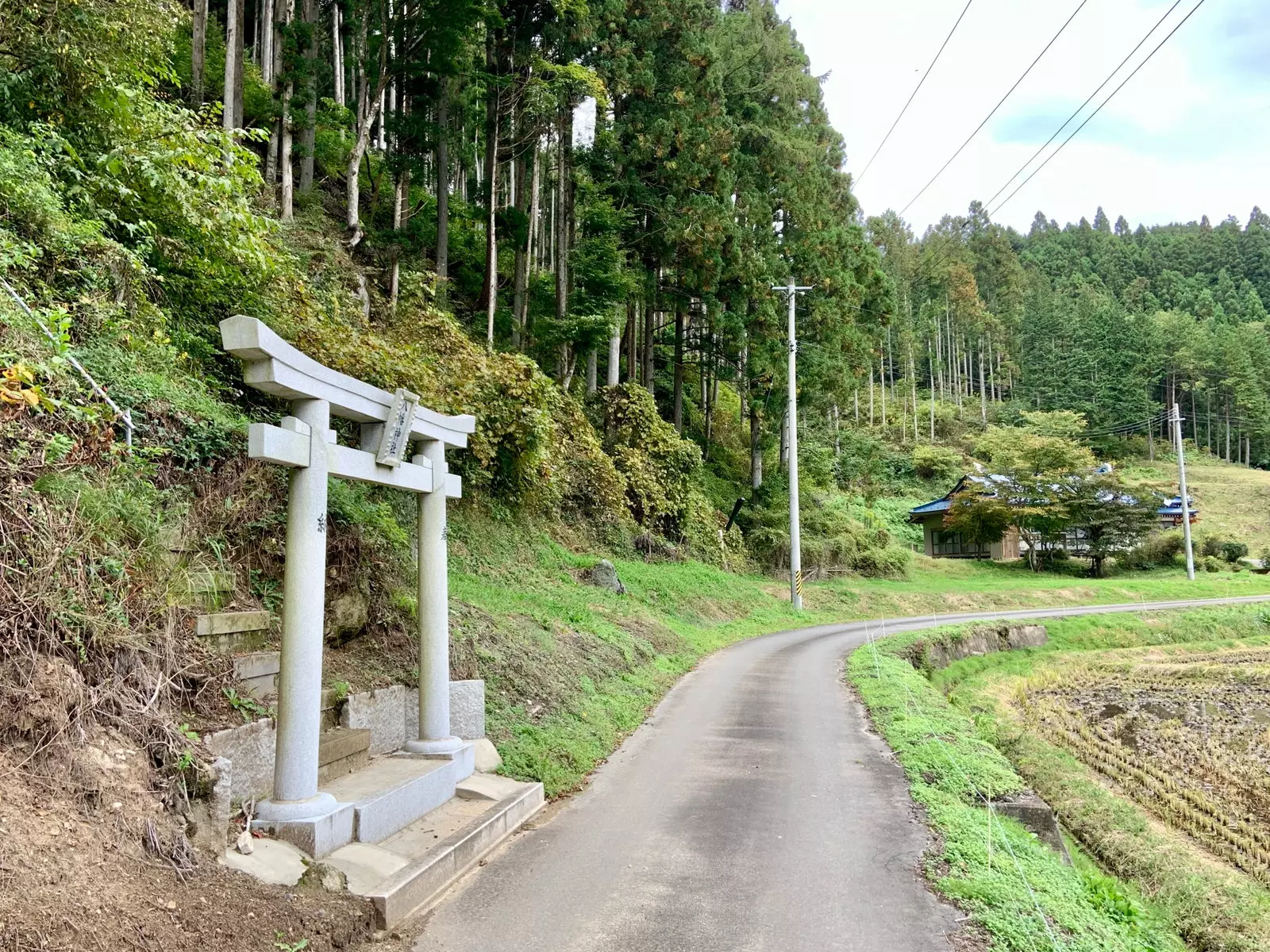
Bike path in Fukushima
THE DIAMOND ROUTE AND ITS HISTORICAL AND CULTURAL LANDMARKS
There is life beyond the big Japanese cities . Sometimes it is convenient to deviate from the most touristic, to embark on a journey into the unknown. is what he proposes the Diamond Route tourist route . Used as a route for merchants and nobles in the important Edo period, it still preserves traces of another era, cities and views that seem to have been frozen in time, sanctuaries, exuberant nature and legends about some of the most enigmatic characters in Japanese culture. the samurai warriors.
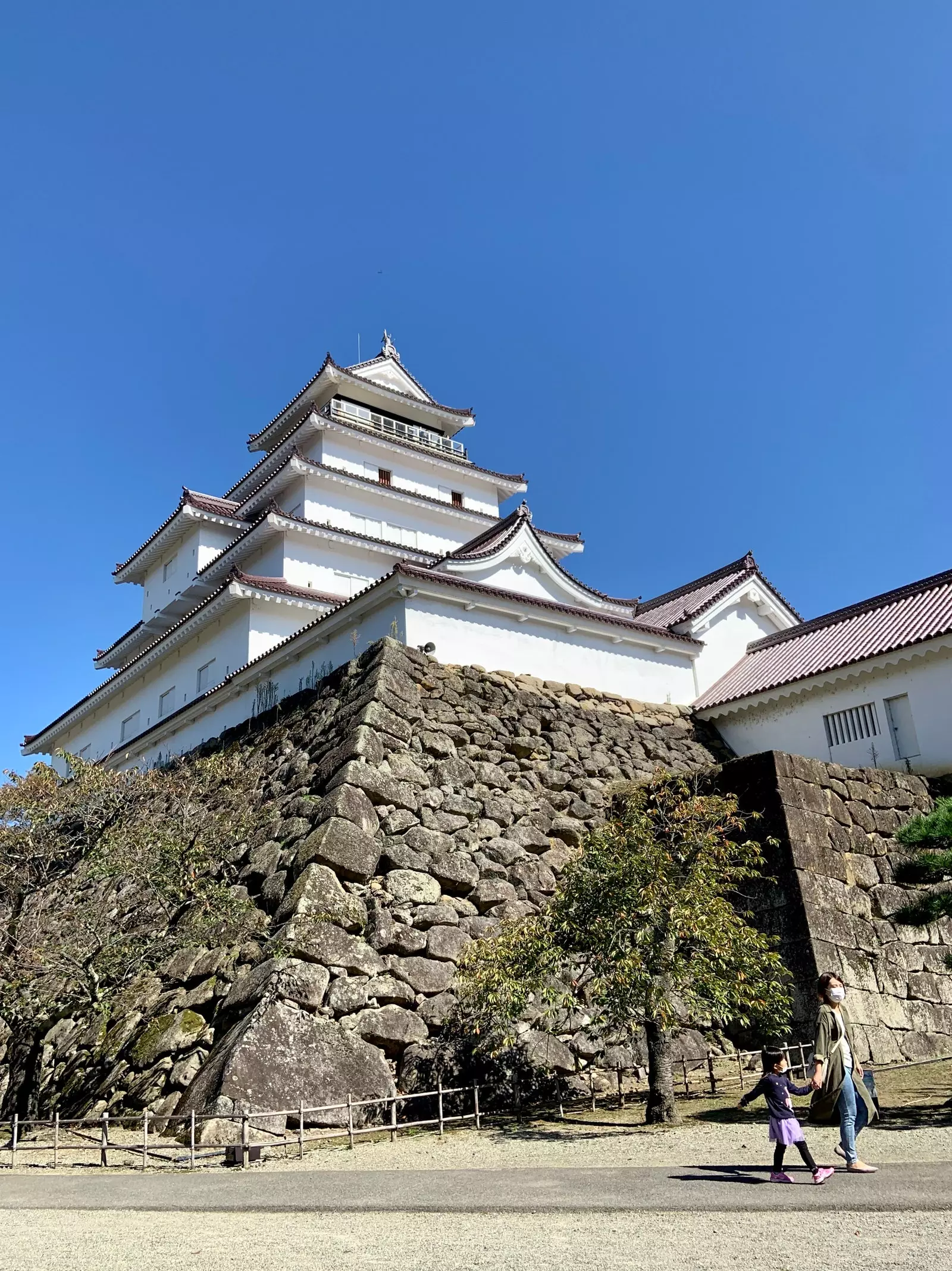
Tsurugajo Castle
The Diamond Route is the heart of the Samurai code . In the city of Nikko , which has an area of more than 100 religious buildings considered as UNESCO World Heritage , you can visit the Nikkō Tōshō-gū , consecrated to house the ashes of Tokugawa Ieyasu, great samurai and founder of the Edo period in 1603.
places like the city of Aizu-Wakamatsu , known as 'the city of samurai' They have recreated this story. There they lived and cultivated body and mind and today it is not strange to be able to recreate martial arts such as kendo or practice archery, fundamental in the education of a samurai.
The city was a key point of struggle during the boshin war , which devastated the country between 1868 and 1869 and marked a before and after in its history. in full Battle of Aizu, the Byakkotai episode took place , which is how the group of 19 samurai is known, who after believing that the city had fallen, committed seppuku and today they are remembered with shrine in Limoriyama , for such a brave feat. Precisely in this city, there is an architectural jewel, the Aizuwakamatsu Castle (Tsurugajo Castle) -today rebuilt-, which was destroyed after the aforementioned war and put an end to the feudal era of Japan and the shogunate founded by Tokugawa Ieyasu.
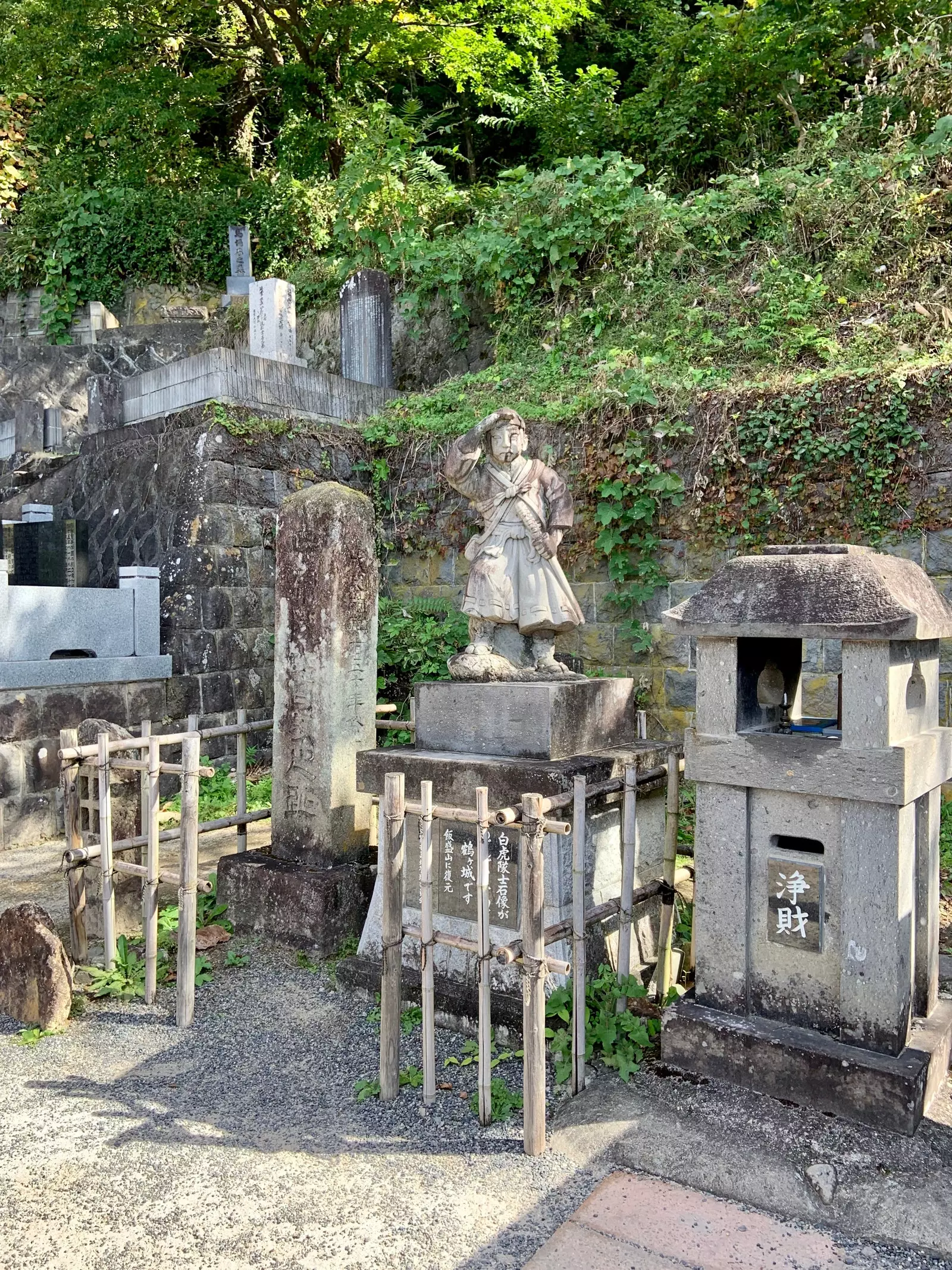
Samurai statue depicting the Battle of Byakkotai
What were once places of passage, today take on special importance because they are part of the living history of Japan. Examples like the Ouichi-Juku village , key in the Kaido trade route, which connected Aizu with Nikko It gives us a trip back in time. During the Edo period, many merchants had to make these trips on foot and cities like this one and their inns, served them to rest and regain strength. Today the perfect state of conservation of traditional houses with thatched roofs is surprising , which, hundreds of years old, surround the main street. To feel like a real inhabitant of the prosperous Edo period , it is advisable to try specialties such as negi-soba or their rice cakes.
If we talk about gastronomy, the Diamond Route also treats its visitors to great learnings and delights . The aforementioned negi-soba, of the fukushima prefecture , which is crowned with daikon turnip and is accompanied by spring onion, the prized kitakata rame n, considered to be one of the most famous types of ramen in Japan, the gyozas of Utsunomiya in Tochigi or the Ibaraki, a sweet potato snack, endemic to Ibaraki.
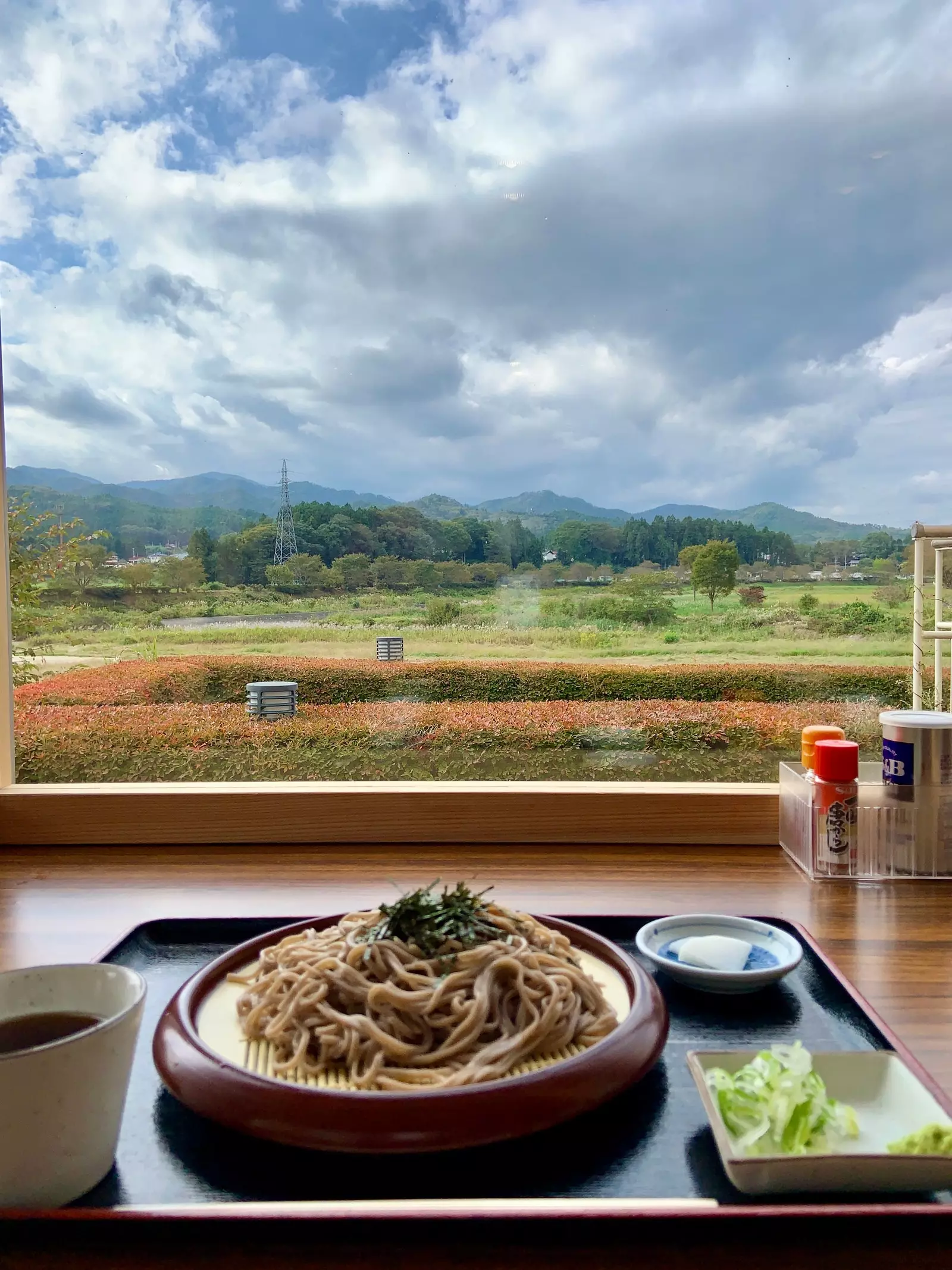
Fukushima Soba
Sake, the national drink of Japan , also has its relevance on the Diamond Route. The city of Nihonmatsu, in Fukushima, is one of the great producers of this fermented rice drink. No fewer than four sake breweries are located in the city, including Daishichi Shuzou, operating since 1752, brewing sake the traditional way, under the kimoto method . Today in the hands of the tenth generation of the founding family, it accepts visits to discover all the secrets of this drink with more than 2,000 years of history.
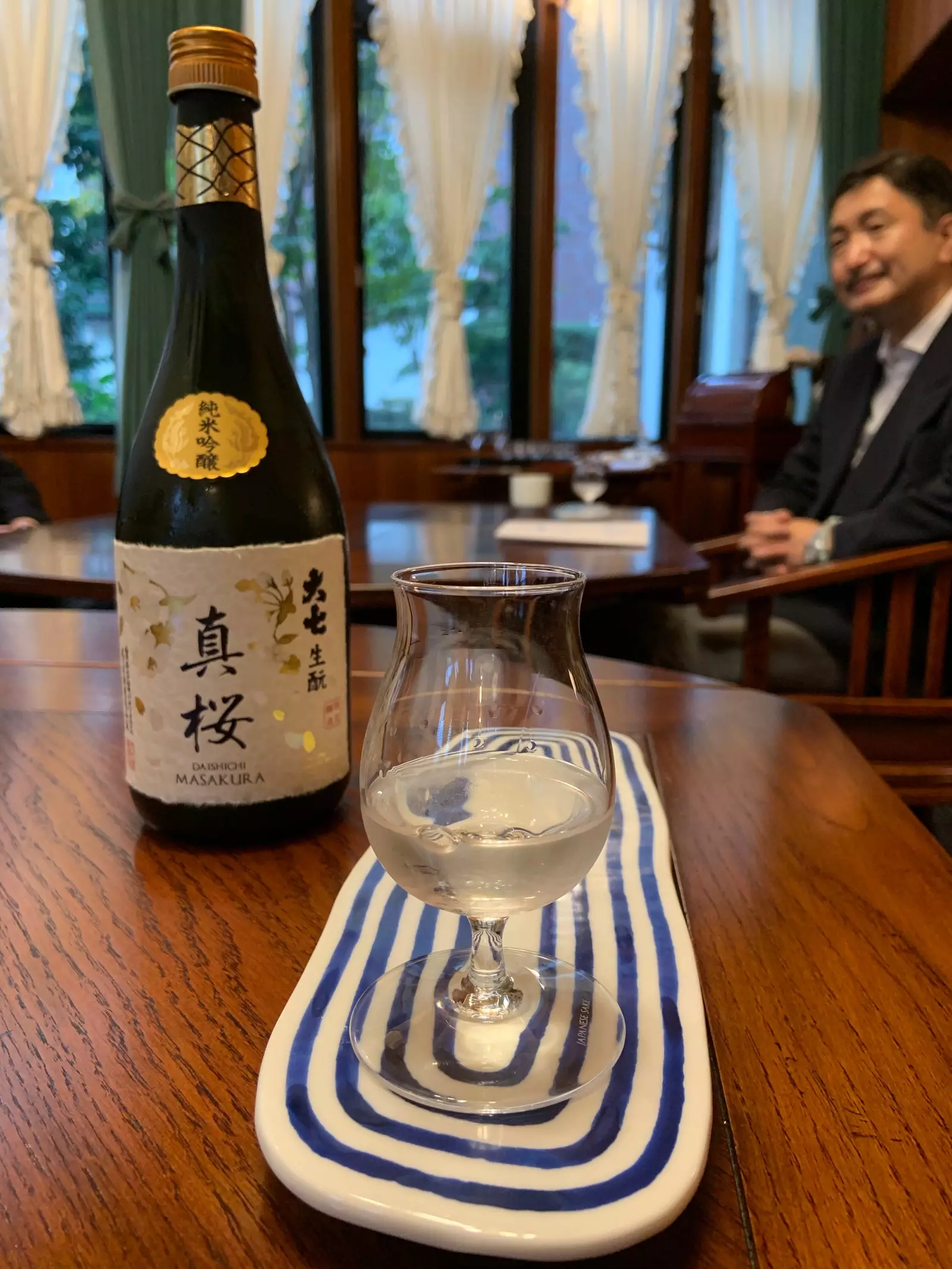
Daishichi Shuzou Sake
CONTACT WITH NATURE, ADVENTURE SPORTS AND WELLNESS
History, culture, memory, gastronomy... and also nature . The possibilities of outdoor living in Fukushima, Ibaraki and Tochigi prefectures are endless. Treasures like Karaikuen gardens in the city of Mito , in the top 3 of the most beautiful in the country, hide more than 3,000 plum trees that, during the flowering season, represent a spectacle worth admiring. Also waterfalls such as the Komadome or Fukuroda with 120 meters high and landscapes of unparalleled charm, are part of the natural strength of the Diamond Route.
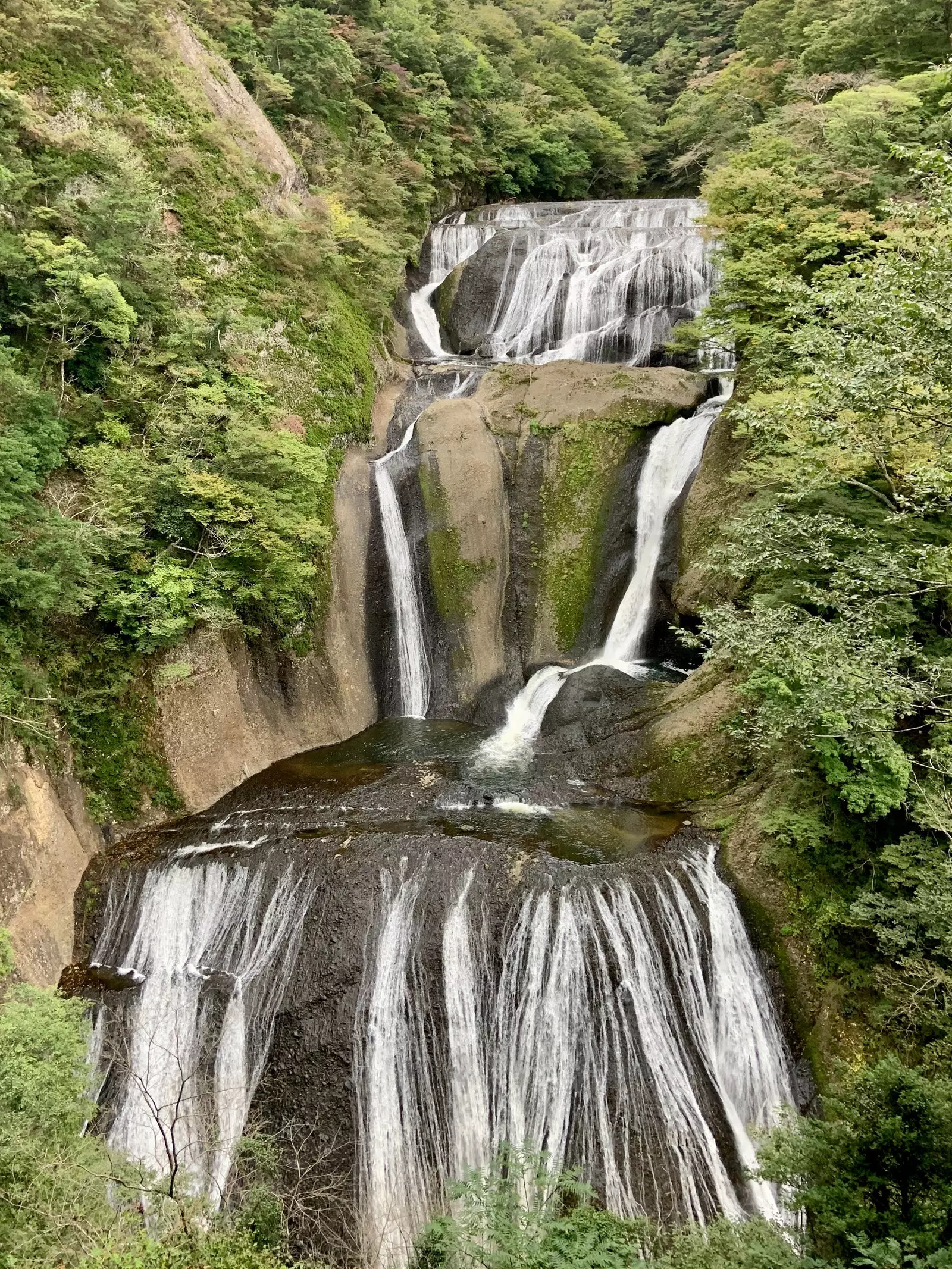
Fukuroda Falls
Japan is a country of mountains, of volcanoes suspended in time. Who has not been dazzled by the beauty of the imposing Mount Fuji ? One of the symbols of Japan rises gloriously and is visible from much of the country. But in Japan there is much more. Magical and exciting mountains, with unimaginable landscapes , waiting to be discovered on the Diamond Route.
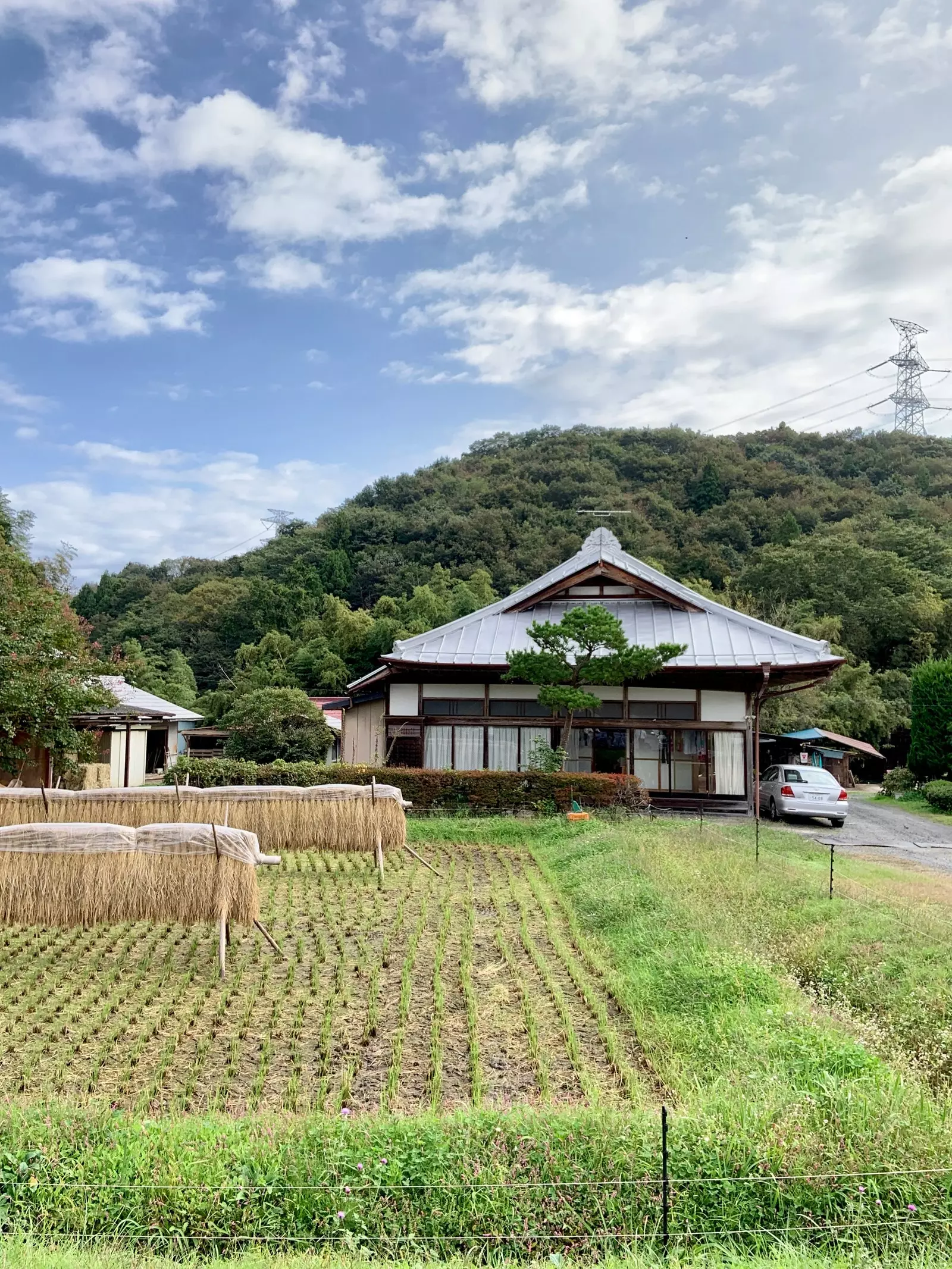
Rice field in Ibaraki
Listed as one of the 100 most beautiful mountains in the country, in the Fukushima prefecture, Mount Adatara is located famous for a poem by Kotaro Takamura , where he described the beauty of the sky over Mt. With 1700 meters of altitude, it changes with the seasons, -in a thousand ocher colors during the autumn or covered with snow during the winter- and conquering its summit in a climb, first by cable car and later with two trekking routes, has a prize: views 360º, difficult to forget, over the three prefectures of the route. Also in Fukushima it is in the Mount Bandai, about 1800 meters high, which frames another of the key destinations of the Diamond Route, Urabandai , a natural space, perfect for enjoying the outdoors, walking, hiking and even climbing the crater of a volcano.
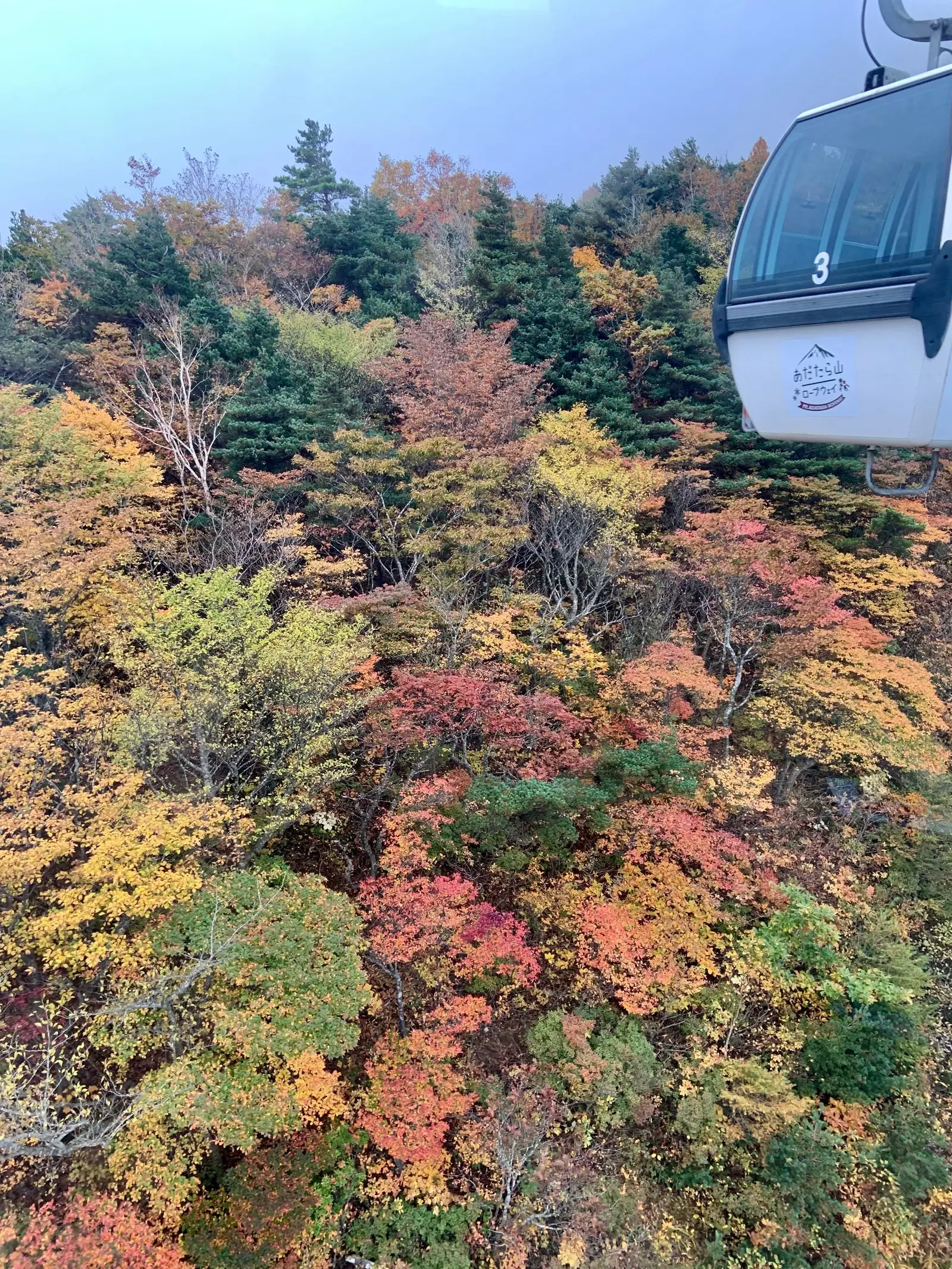
In Fukushima Prefecture, Mount Adatara is located
If before we talked about the imposing Mount Fuji, Did you know that in neighboring Ibaraki there is a mountain to which they equate it? They say that “Mount Tsukuba in the east and Mount Fuji in the west” . And it is that this mountain, of about 877 meters of altitude, turns its color, at each sunrise, to a purple similar to that of Fuji. On the ascent to the top, the surprise is continuous, with ancient temples, such as the Tsukuba-jinja shrine over 3,000 years old , sacred springs, rocks of unspeakable shapes and views over Kasumigaura, the second largest lake in Japan.
Nature becomes imposing again in Tochigi , where you can reach the top of no less than three mountains. The Mount Amamaki , known for the flowers that are born on the trees themselves, the Mount Chausu, which with 1915 meters, is an active volcano and it has a trekking route in which, first by cable car and then on foot, you reach the crater. Finally, in Tochigi and specifically in Nikko, after having delighted us with its World Heritage Site and with the nostalgic air of Lake Chuzenji , you can also go up to Mount Hangetsu , for which great notions of trekking are not necessary.
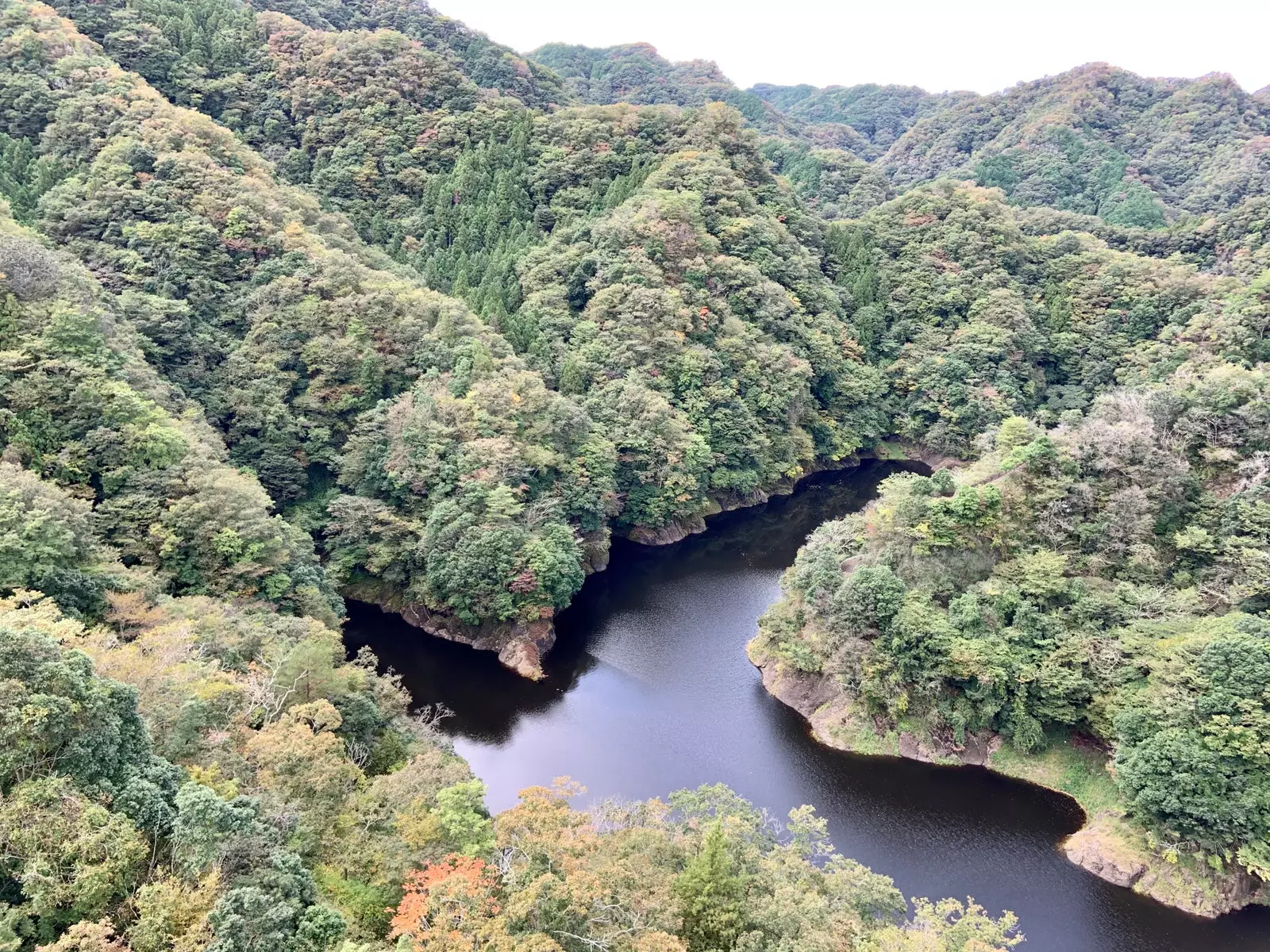
Lake Ibaraki
The Diamond Route is traveled by bike, with rides like the one that can be done in Jojodaira, a plateau 1600 meters above sea level, nestled between the Azuma mountains or in Nasu Kogen , which in summer is perfect to leave the heat of Japan behind and mix between museums, farms or zoos like the Nasu Animal Kingdom , where you can meet unknown species in the West such as the red panda or the capybaras, the largest rodents in the world.
From the land... and from the water. Nature has no end in Japan. The calm waters of Ruijin Lake They are perfect for kayaking. The calm will only be interrupted by those who put their adrenaline levels to the test, practicing bungee jumping from the Ryujin Suspension Bridge , an engineering marvel and the tallest suspension bridge in the country. Also the fourth largest lake in Japan, Lake Inawashiro, offers the possibility of vibrating with an experience of water skiing or jet skiing or with quiet rides aboard its cute boats shaped like turtles and swans.
Looking for an aquatic experience that puts body and soul in peace? The Japanese even have their own term to define their famous hot springs, the onsen. On the Diamond Route you will find some mythical ones, such as the Takayu Onsen in Fukushima , with a high sulfur content, which helps prevent diseases and treat the skin or Tsuchiyu Onsen, on Mt. Azuma , where you can relax and end the day walking around the city.
Do you need more reasons to discover the Diamond Route?
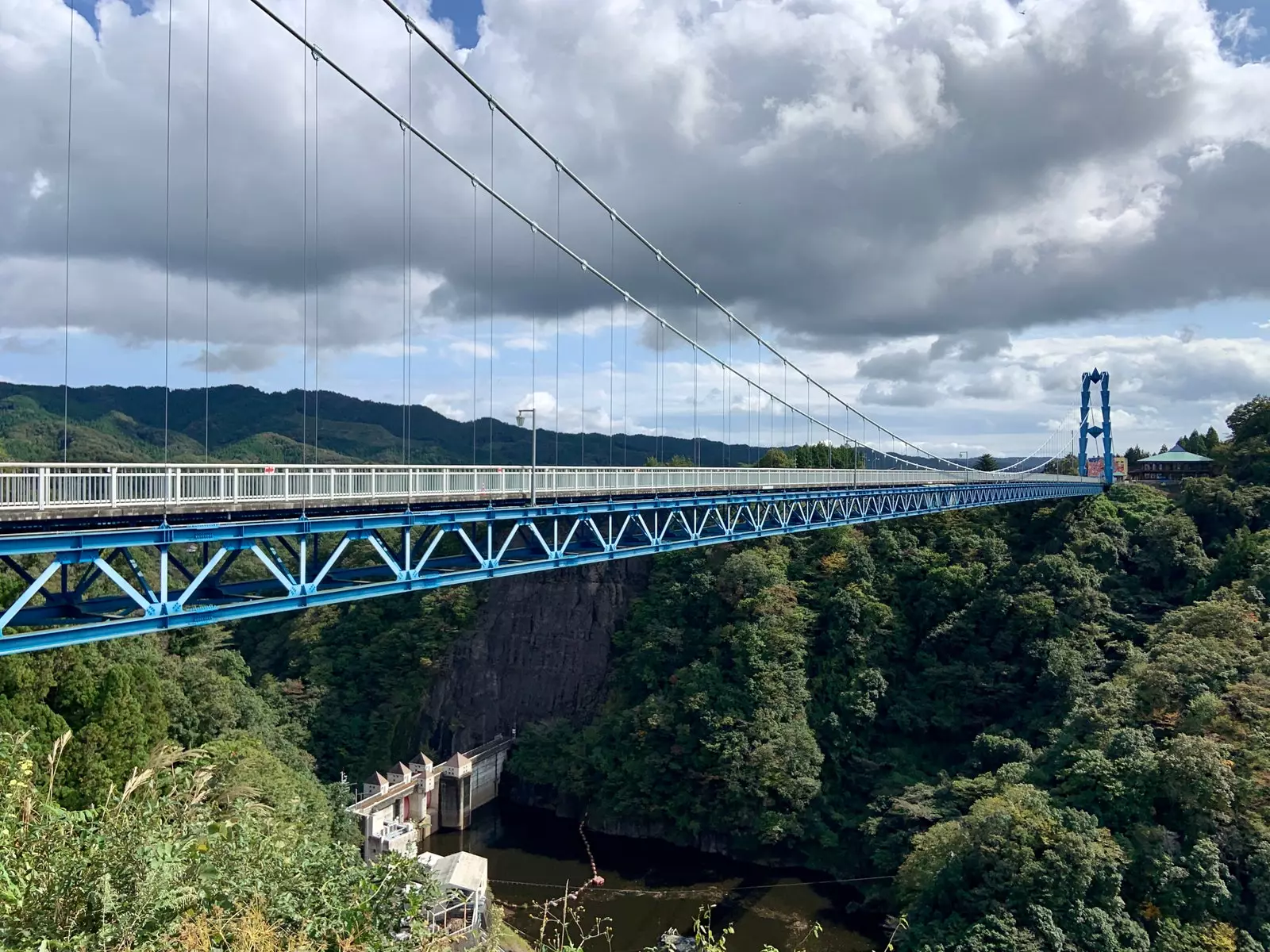
Ryujin Suspension Bridge
